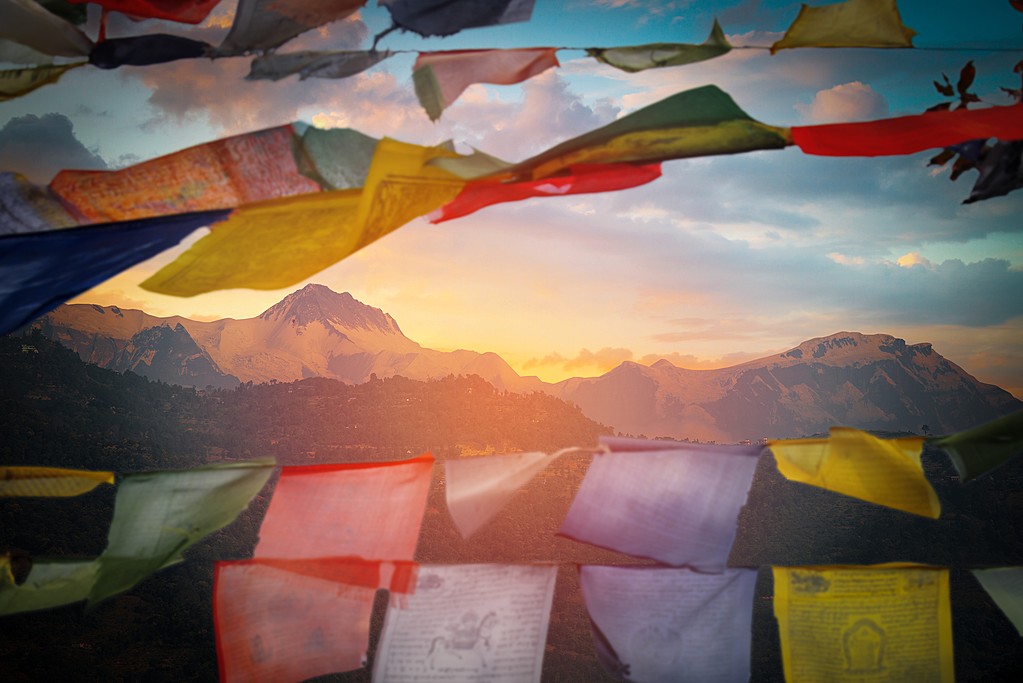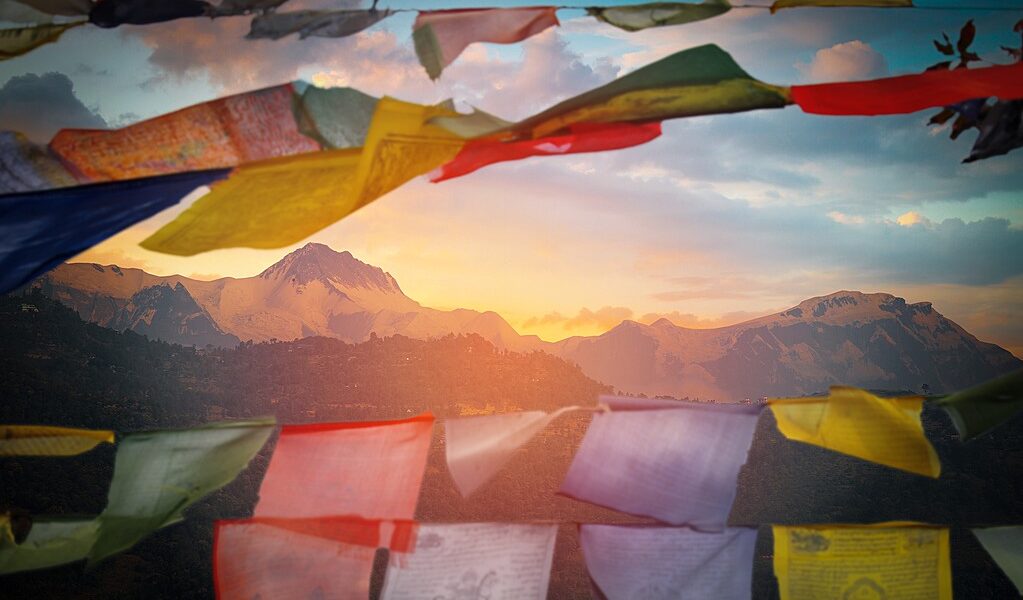
Nepal is divided into three main geographical regions—the Himalaya in the north, the central hilly region, and the Terai (or jungle region) in the south. To help you decide where to go, we’ve broken these regions up into smaller, popular sub-regions which can be combined in numerous ways. There’s an enormous amount of cultural diversity and natural beauty almost everywhere you turn, making it easy to find the perfect combination no matter how many days you have in Nepal.
## Exploring the Diverse Regions of Nepal: A Traveler’s Guide
Choosing the right region to explore within Nepal depends heavily on your personal passions, the amount of time you have available, and your preferred mode of transportation. Do you envision yourself soaring through the air or enjoying a leisurely drive through the countryside? Perhaps a combination of both appeals to you. It’s also crucial to consider the time of year, as some regions, such as the Terai, are best experienced outside of the monsoon season due to the challenges presented by heavy rains and compromised road conditions.
If your journey allows for just 5 days in Nepal, you’ll likely find the most fulfilling experience by focusing your attention on the Kathmandu Valley or perhaps taking a quick, memorable excursion to Pokhara. With a week, or 7 days, you could consider combining visits to two distinct regions, allowing you to embark on a short but rewarding trek and enjoy some captivating local sightseeing. When your trip extends to 10 days, the possibilities begin to widen considerably. This allows you the opportunity to venture further afield, leaving the hustle and bustle of the cities behind and immersing yourself in the breathtaking mountain landscapes or exploring the unique jungles of Nepal. For those fortunate enough to have 14 days or longer, you can truly delve into the heart of Nepal by undertaking one of the country’s longer treks, or consider a comprehensive itinerary combining three different regions, offering a more complete and encompassing glimpse into the diverse beauty of Nepal.
## The Majestic Himalaya
The Nepali Himalaya are undoubtedly Nepal’s primary attraction. These towering peaks stretch majestically across the entire length of the country, from east to west, encompassing numerous regions and districts. They form the natural borderline between Nepal and Tibet, standing as a testament to the immense power and beauty of nature. The accessibility of treks within the Himalaya varies greatly. Some offer relatively easy access with numerous teahouse lodges conveniently located along the trails, providing comfortable accommodation and sustenance. Others are far more remote, demanding multiple domestic flights and requiring trekkers to be fully equipped with camping gear. No matter your fitness level or trekking experience, a visit to Nepal would be incomplete without experiencing the awe-inspiring views of the Himalaya, whether through an immersive trek or a visit to a strategically placed viewpoint. To gain a better understanding of the diverse trekking options available, be sure to explore the various trekking regions of Nepal.
## Discovering the Kathmandu Valley
Most international travelers to Nepal arrive through the bustling city of Kathmandu, unless of course, you are arriving overland from India. While Kathmandu can be described as a large, congested, and sometimes polluted city, it is also home to some of the most remarkably beautiful and well-preserved cultural heritage sites in the entire world. Moreover, it doesn’t take long to escape the urban sprawl and find yourself in the surrounding countryside. The city is encircled by lush farmland and traditional villages. While these areas are increasingly being impacted by urban development, there are still numerous peaceful and idyllic places to explore within the valley. Beyond the numerous cultural sites, visitors to the Kathmandu Valley can enjoy hiking, mountain biking, and savoring delicious meals at a wide array of excellent restaurants. You can also escape the city entirely with an overnight stay at a homestay or a relaxing resort.
The Kathmandu Valley welcomes visitors throughout the year. Winter days are typically sunny and bright, and even during the monsoon season, the rains are usually intermittent rather than persistent throughout the day. Kathmandu is also home to Nepal’s only international airport, providing convenient air connections to other parts of the country. Additionally, bus and taxi services are readily available for travel throughout Nepal.
## The Allure of the Pokhara Valley
Pokhara holds a special place in the hearts of many travelers to Nepal, and for good reason. This charming city is noticeably cleaner than Kathmandu, less congested, and offers stunning proximity to the mountains. It also boasts a diverse range of adventure activities, including mountain biking, paragliding, and the exhilarating experience of riding the world’s second-longest zip-line! Pokhara serves as an excellent base for trekking in the Annapurna region, with the majestic peaks clearly visible on clear days and many trailheads just a short drive away. The Pokhara Valley also offers numerous shorter excursions to nearby attractions, such as the serene Begnas and Rupa Lakes, the iconic Peace Pagoda perched above Phewa Lake, and the scenic Sarangkot Hill. From Sarangkot you’ll capture one of the most memorable sunrises of your life!
Pokhara enjoys excellent connectivity to Kathmandu, Lumbini, and Chitwan via tourist and local buses, as well as through air travel. It is a destination that can be enjoyed year-round, although it’s worth noting that the mountain views are often obscured during the monsoon season. The winter months are particularly appealing for a visit to Pokhara, as its lower altitude (approximately 2700 feet) results in warmer temperatures compared to Kathmandu.
## Exploring the Jungle (Terai) Region
Many first-time visitors to Nepal are surprised to discover that the entire southern border of the country, adjacent to India, is characterized by hot plains and steamy jungles. In this region, you’ll find relatively flat terrain, a stark contrast to the towering snow-capped mountains that often come to mind when thinking of Nepal. While many of the cities in the Terai serve primarily as transportation hubs, there are several significant attractions that are well worth exploring.
The Chitwan National Park stands as Nepal’s most popular jungle national park, offering easy access from both Kathmandu and Pokhara. By basing yourself in the towns of Sauraha or the quieter Barauli, you can immerse yourself in a range of exciting jungle adventures. You are almost guaranteed to encounter the magnificent one-horned rhinoceros in Chitwan, a testament to the success of dedicated conservation efforts.
Further west lies the Bardia National Park, a hidden gem that sees fewer visitors, largely due to its relative inaccessibility. However, those who undertake the long road journey (or opt for a shorter flight via Nepalgunj) will be rewarded with a tranquil jungle experience and the opportunity to spot the elusive Royal Bengal Tiger. Nestled between Chitwan and Bardia is Lumbini, the birthplace of the Buddha. Travelers with an interest in Buddhism will find this to be an enriching and insightful stop on their Terai adventure.
The climate in the Terai region is more akin to northern India than the Himalayan region. This translates to short, cool winters followed by intense heat for much of the year, spanning from March to October. The optimal time to visit is between October and March, when the days are typically warm and pleasant, while the nights offer a refreshing coolness. Towns throughout the Terai are well-connected to other parts of Nepal via tourist and local bus services, as well as by air.
B-1751

